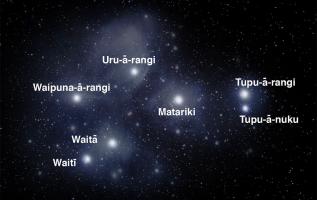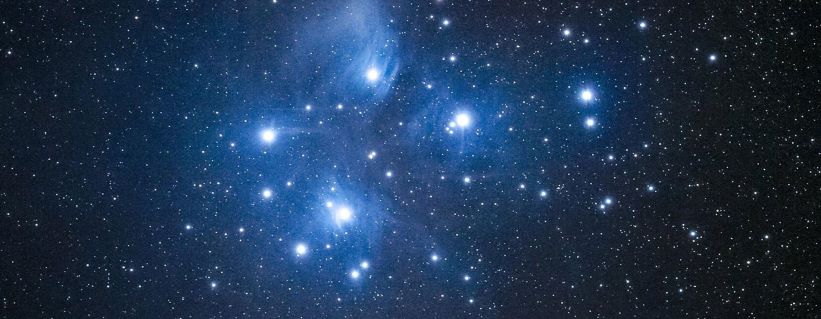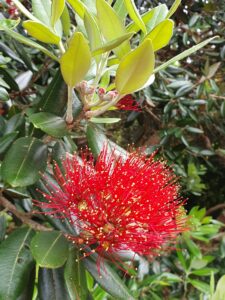Ngā Whetū huihui i te rangi; ko tātou ka whakarautia

Behold the firmament of glistening stars; we linger leisurely and wonder.

During a recent meeting of Council and Links of AWSC, there was a beautiful evening liturgy marking the season of Matariki.
The liturgy included seven Biblical readings about stars .
Let there be lights in the vault of the sky to separate the day from the night, and let them serve as signs to mark sacred times, and days and years, 15 and let them be lights in the vault of the sky to give light on the earth
See the liturgy here.https://anglicanwomen.nz/nga-whetu-huihui-i-te-rangi-ko-tatou-ka-whakarautia/
He aha tenei kupu te Matariki?
What is this word Matariki?
In the final days of March each year, a cluster of tiny stars twinkles as it rises on the north east
horizon. About 500stars make up the cluster, but only seven can be seen clearly with the naked eye
here in Aotearoa. This cluster of stars remains present right through to March, when they disappear
from the sky for two months, during autumn, before rising once again in the dawn sky.
To astronomers this constellation is known as Pleiades but to Maori it is Matariki – a celestial signal
of an ending and a beginning.

Matariki has two common English translations:
Mata riki or ‘tiny eyes’ and mata ariki or ‘eyes of God’
While there are two translations , for Maori there is only one universal theme of Matariki.
This is the beginning of a new life cycle and the celebration of traditional Maori New Year.
The New Year is marked by the next new moon after the appearance of Matariki.
The importance of Matariki has been captured in proverbs and songs which link it with the bright
star Whanui (Vega).
Ka puta Matariki ka rere Whanui Ko te tohu tena o te tau e!
Matariki re-appears, Whanui starts its flight being the sign of the New Year!
(Sourced from a Matariki Festival Pamphlet).



